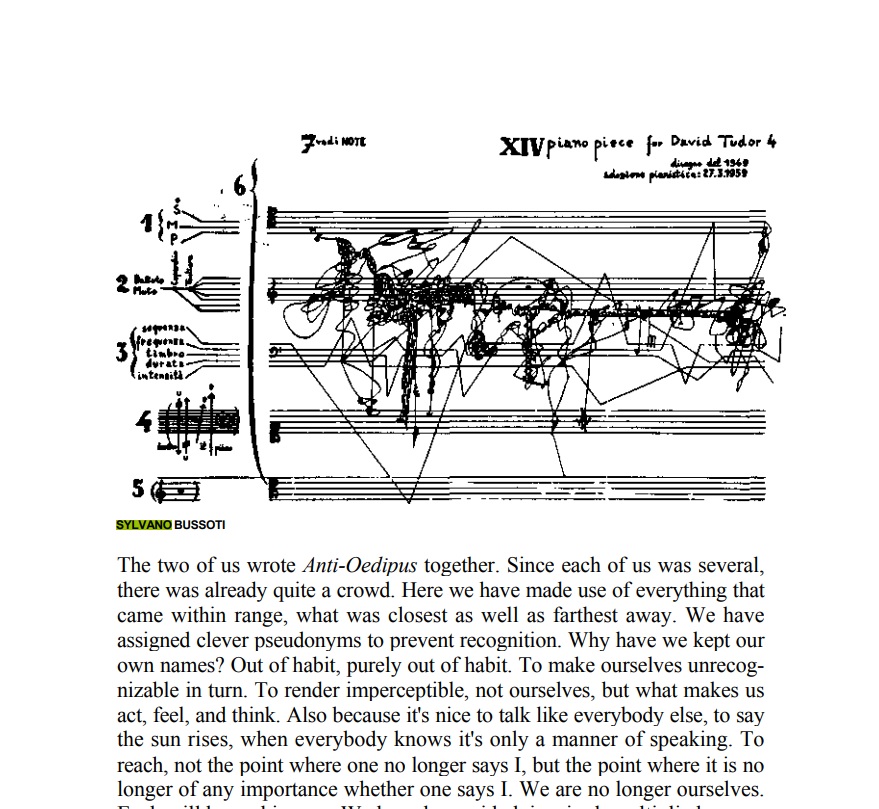We zijn hier samengekomen om afscheid te nemen van Ornella Vanoni.
Zo begon ik deze ochtend mijn grafrede. Daarna, ik moet het toegeven, las ik een tekst voor die een van mijn doodgravers voor mij geschreven had, ik geloof dat Leonardo het meeste werk geleverd had. Zelf kan ik het nog amper, er zijn de laatste maanden teveel klachten gekomen dat ik me niet aan het ‘onderwerp’ kan houden. Dat ik begin af te dwalen, dat ik zijpaden bewandel, dat ik over totaal andere personen begin, telkens gebruik makend van een kleine zijwaartse link. Zoals nu ook weer, mochten ze me mijn zin hebben laten doen, ik op dit moment alleen maar denken aan de woorden van het lied “Mi sono innamorato di te” (1962, Ik ben verliefd op je geworden):
Ik ben verliefd op je geworden
Omdat ik niets te doen had
Overdag wilde ik iemand ontmoeten
‘s Nachts wilde ik iets om over te dromen
Ik ben verliefd op je geworden
Omdat ik niet meer alleen kon zijn
Overdag wilde ik over mijn dromen praten
‘s Nachts wilde ik over liefde praten
En nu ik duizend dingen te doen heb
Voel ik mijn dromen vervagen
Maar ik kan niet meer denken
Aan iets anders behalve aan jou
Ik ben verliefd op je geworden
En nu weet ik zelf ook niet meer wat ik moet doen
Overdag heb ik spijt dat ik je ontmoet heb
‘S nachts kom ik je zoeken.
En terwijl die woorden in mijn hoofd spoken — Ornella Vanoni zong er ooit een versie van — maar het lied is eigenlijk van Luigi Tenco, lees ik braaf de woorden af die voor mij op papier staan.
Vergeef me. Rust zacht Ornella.

